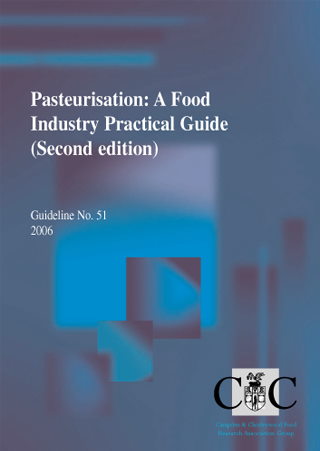G51/2 Pasteurisation - a food industry practical guide

2nd edition (2006)
ISBN 978-0-905942-89-6
Adopt best practice in the use of pasteurisation with food and drink products to help assure food safety and maximise product quality
Pasteurisation has assumed greater prominence in food processing and preservation, as a result of the move towards minimally processed foods. Applied to foods as diverse as dairy products, drinks, fruit, vegetables, meat, fish, sauces, meals, baked goods and extruded products, pasteurisation can be delivered in-pack or to products that are heat processed before being clean/aseptically filled. Pasteurisation is a set of heat treatment options - ranging from 60degC to 115degC - rather than a single, uniformly applied heat treatment.The heat process delivered through pasteurisation depends not only on the material being processed but on other contributory preservation factors - such as pH, storage temperature, pack atmosphere and water activity.
This practical guide explains the principles of pasteurisation and considers its use in the context of a range of manufacturing options in relation to product pH, hurdle technology, curing, multicomponent foods, mixed particulates, hot filling and product cooling. It also explains how pasteurisation processes should be validated and tabulates a list of typical pasteurisation treatments, while emphasising that the heat treatment delivered needs to be assessed on a product-by-product basis.
Format: Digital (PDF) only

